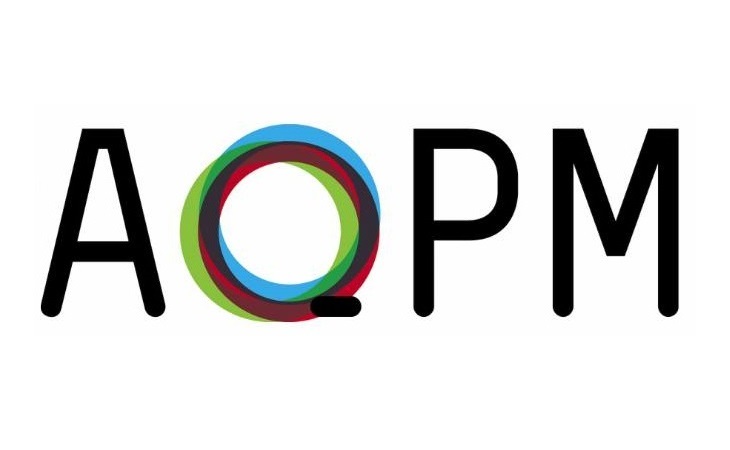
MONTREAL – L’Association québécoise de la production médiatique (AQPM), which represents more than 160 independent production companies in Quebec, said Tuesday evening it’s very disappointed the Canadian government’s fall economic statement earlier in the day did not include an announcement regarding the sustainability of Telefilm Canada’s budget at its current level.
During the 2019 election campaign, the Liberal Party of Canada’s platform included a commitment to gradually increase Telefilm’s budget “to reach a sustainable increase of $50 million per year,” notes an English-translated press release from AQPM Tuesday.
After the election, the government gradually increased its contribution to Telefilm over three years, from an addition of $20 million, to $35 million and to $50 million in 2023-2024.
“This increase represents nearly 40 per cent of the amounts allocated to the development and production of feature films by the Crown corporation,” the translated press release says.
The AQPM says it and other representatives of the Quebec audiovisual industry have tried to raise awareness among ministers in the Liberal cabinet, including Minister of Heritage Pascale St-Onge, concerning the importance of confirming the sustainability of Telefilm’s budget increases.
On Oct. 19, the AQPM, along with l’Association des réalisateurs et des réalisatrices du Québec (ARRQ), la Société des auteurs de radio, télévision et cinéma (SARTEC) and l’Union des artistes (UDA), representing thousands of Quebec audiovisual production professionals, sent a joint letter to Minister of Finance Chrystia Freeland to reiterate the urgency of sustaining the current level of Telefilm’s budget.
The letter “reminded the minister of the importance of maintaining a significant production volume both to maintain the jobs that are at stake, but also to ensure that quality French-language feature films continue to occupy screens in the same way as foreign productions, which provide them with undeniable competition using significantly more substantial means,” the press release says.
Precarious financing of next year’s film production “will jeopardize the employment of thousands of producers, professionals and artists who depend on it,” the release says. This will inevitably result in a drop in the number of feature films released as well as the underfunding of those that will be produced, AQPM says.
“This is why the AQPM, the ARRQ, the SARTEC and the UDA demanded with one voice that the Government of Canada commit, as of the fall economic update, to perpetuate, as promised, increasing Telefilm Canada’s budget by $50 million per year and confirming its annual contribution of $13 million to the Indigenous Screen Office,” the release says.
“The disappointment is immense for all stakeholders in the film industry, as we all anticipate the negative economic and cultural impacts that this decision will cause,” said Hélène Messier, AQPM president and general director, in a statement, translated into English. “The community expects the government to respect its commitments. It asks Minister St-Onge to confirm in the coming weeks that this increase will be maintained so as not to compromise the vitality of our cinematography at a time when audiences of all ages are enthusiastically reconnecting with Quebec cinema on the big screen.”
In Ontario, la Fédération des gens d’affaires francophones de l’Ontario (FGA), which represents the interests of the province’s Francophone business community, said Tuesday in a press release it welcomes the efforts of the federal government to stabilize Canada’s economy and to promote small and medium-sized businesses across the country.
Although the government’s fall economic update announced few measures specifically for Francophone businesses in a minority context, the FGA notes new measures were included to support journalists and news organizations, which will benefit Canada’s news sector workforce as well as people in communities where local news media are under threat, including French-speaking and rural communities.
As part of its economic update, the federal government has proposed changes to the Canadian journalism labour tax credit. First, it proposes to increase the cap on labour expenditures per eligible newsroom employee to $85,000 from $55,000. In addition, the government proposes that the Canadian journalism labour tax credit rate be temporarily increased to 35 per cent, from 25 per cent, for a period of four years.



